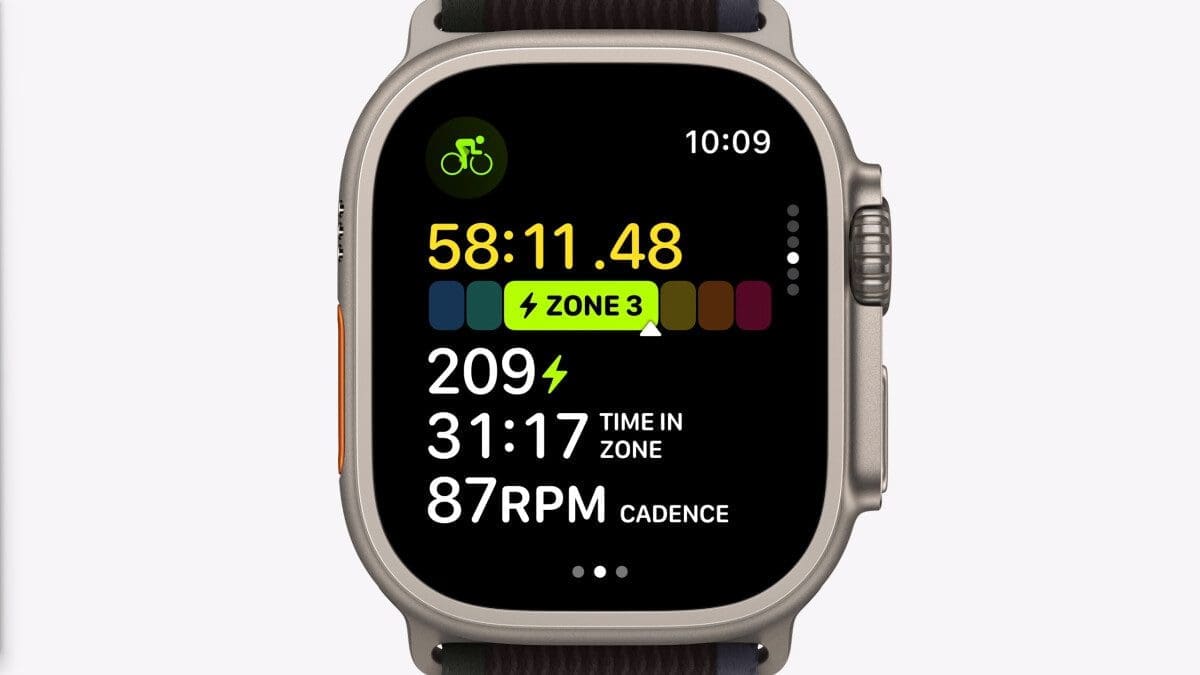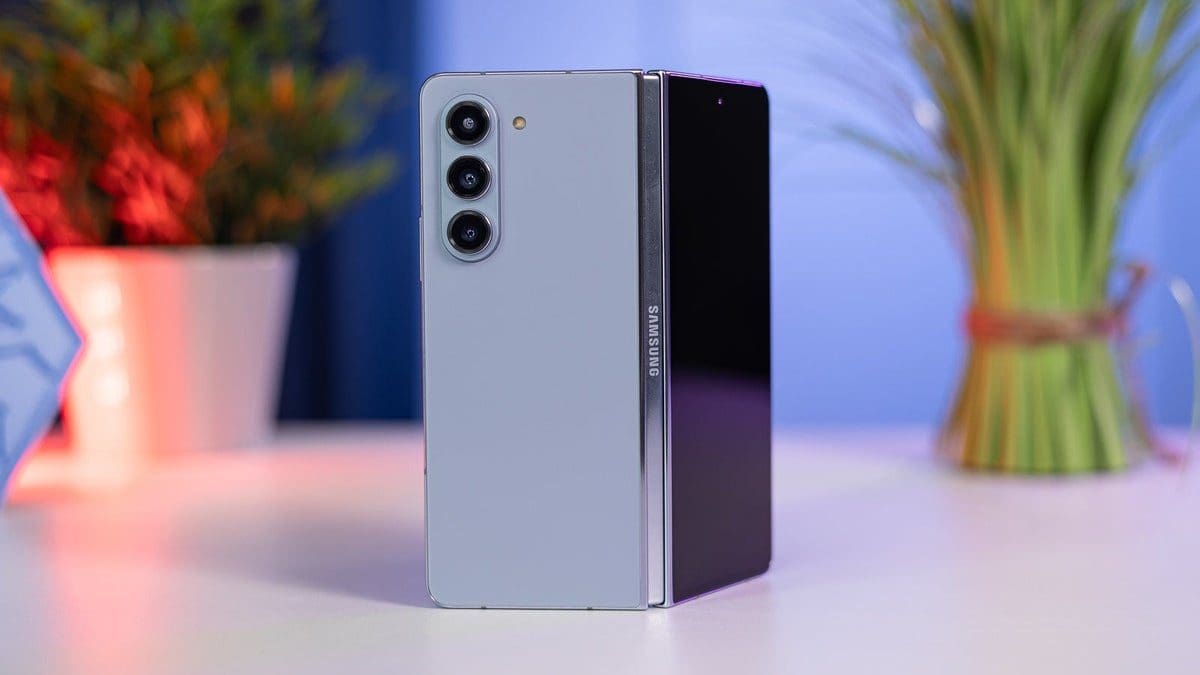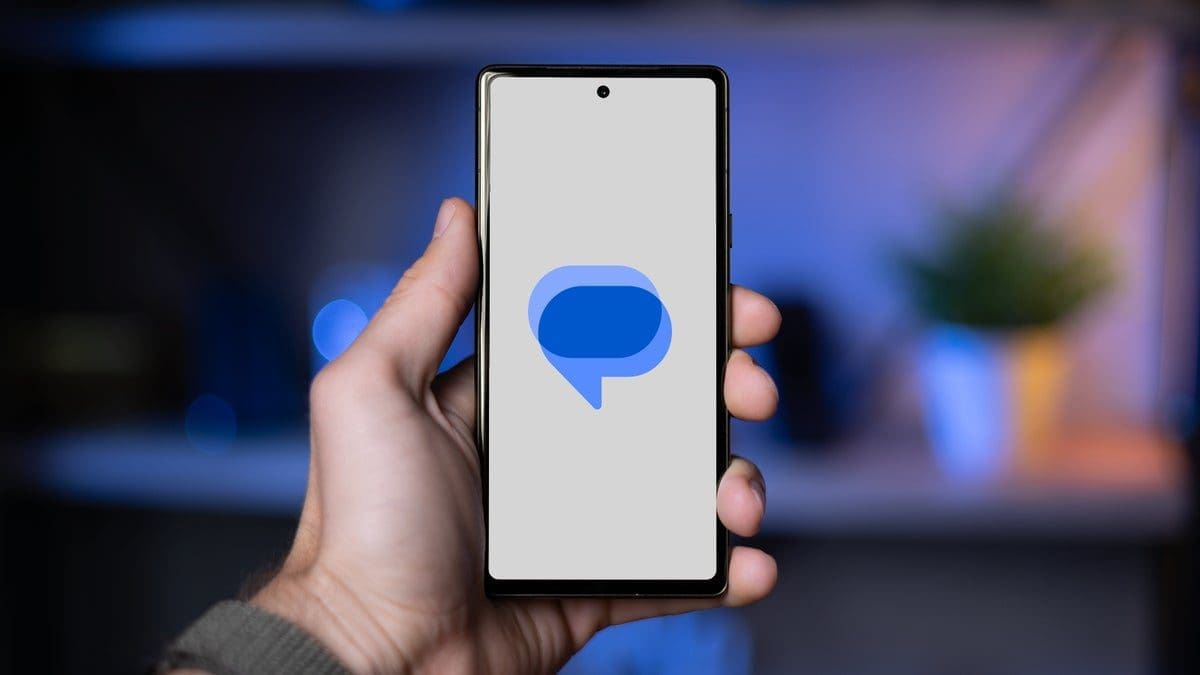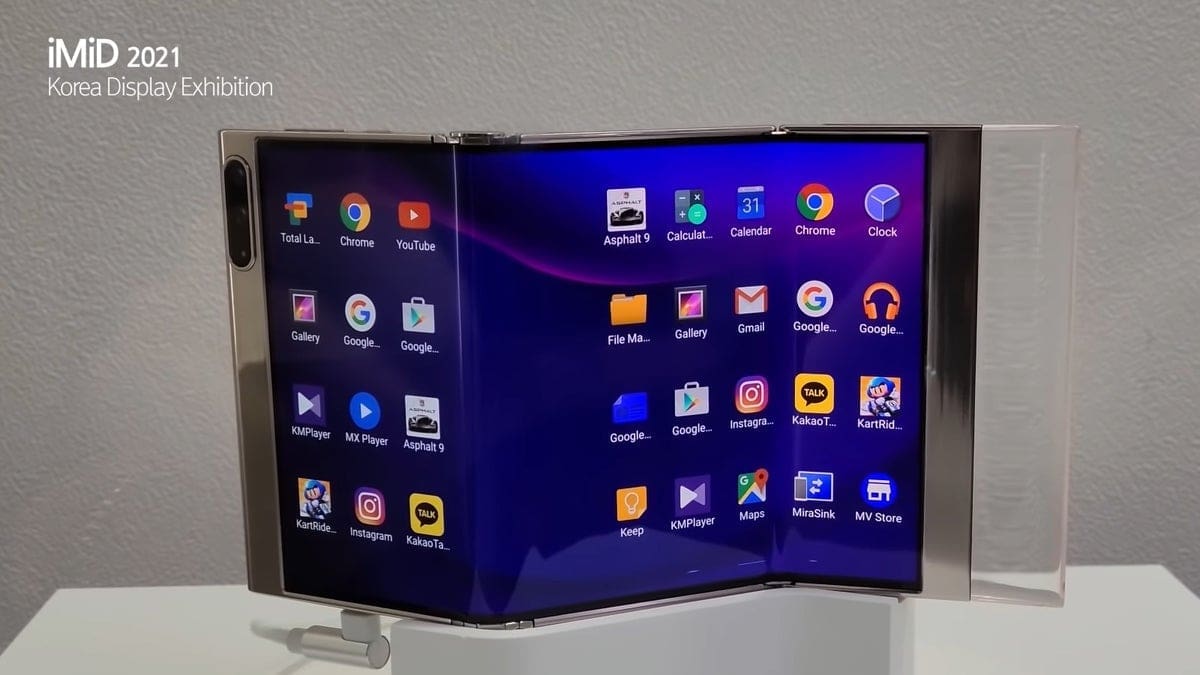Pickleball, a rapidly growing sport in the US, has been gaining popularity in recent years. Contrary to its name, it does not involve pickled ingredients, but rather requires physical activity and offers a way to burn calories. In a recent update from the Apple Heart and Movement Study (AHMS), researchers compared the effects of pickleball and tennis using participants’ data.
Analyzing over 250,000 pickleball and tennis workouts recorded on Apple Watch, researchers found that pickleball workouts tended to be slightly longer in duration compared to tennis workouts. On average, pickleball sessions lasted around 90 minutes, while tennis sessions lasted approximately 81 minutes.
To evaluate the intensity of each workout, researchers examined heart rate data. They discovered that the average peak heart rate during tennis workouts was nine beats per minute higher than during pickleball workouts. Tennis workouts generally had an average heart rate of 152 beats per minute, while pickleball workouts averaged 143 beats per minute.
Researchers also analyzed the time spent in different heart rate zones to assess exercise effort. Both sports showed similar trends in the time spent within each heart rate zone. However, tennis workouts had, on average, nine percentage points more time spent in higher-intensity heart rate zones compared to pickleball workouts.
For those unfamiliar with pickleball, it is a recreational racket sport that combines elements of tennis, table tennis, and badminton. It can be played either one-on-one or with two teams of two players each. The game is played using paddles and a perforated hollow ball on a smaller court than a tennis court, with a net in the middle. The objective is to pass the ball over the net and score points.
Overall, this study provides insights into the differences between pickleball and tennis workouts. While pickleball workouts tend to be longer in duration, tennis workouts generally result in higher peak heart rates and more time spent in higher-intensity heart rate zones. Both sports offer a great way to stay active and burn calories.










